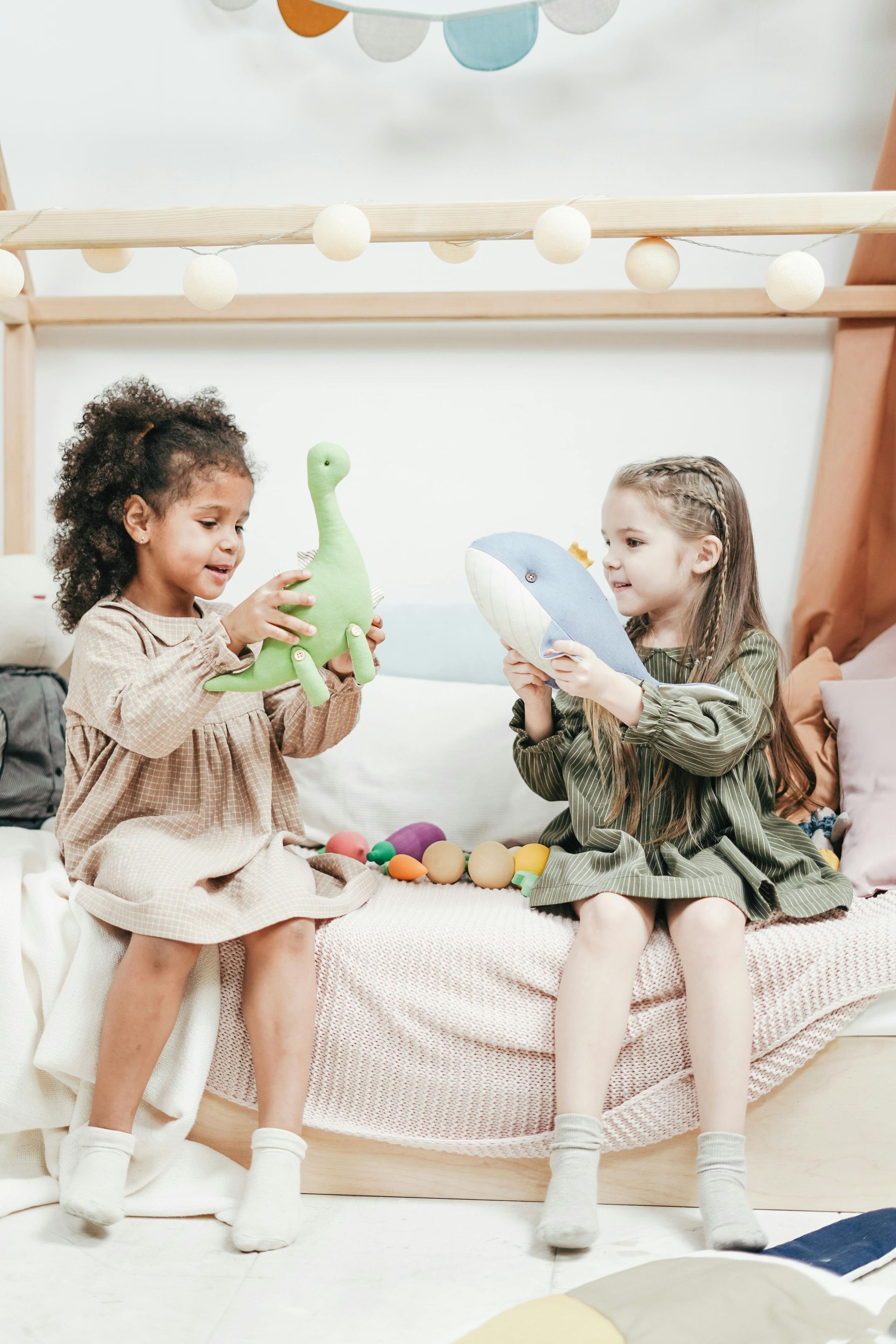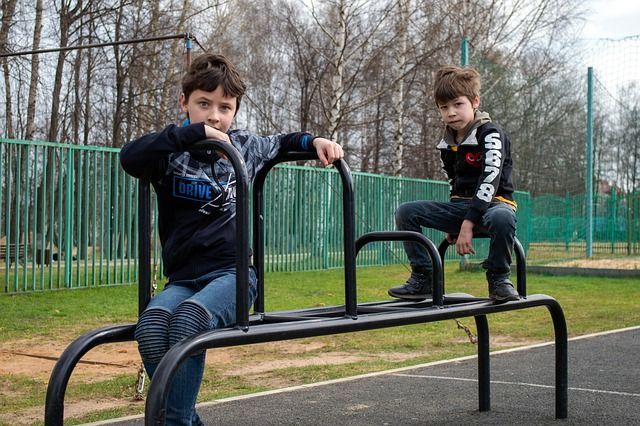5 Easy Steps to Prevent Bullying in Your School
Bullying doesn’t stop on its own—it takes action. This guide shares simple, heart-led ways to prevent bullying and encourage inclusivity in schools. With a little teamwork, empathy, and daily practice, every classroom can become a place where kindness leads the way.
Introduction
Every child should feel safe and welcome at school. But sometimes, kids get left out or teased. That’s why learning to prevent bullying and build inclusivity in schools matters so much.
When everyone feels accepted, the whole school changes. Kids smile more. They join in. They treat each other with respect. That’s what we’re aiming for—a school where kindness wins.
You don’t need fancy programs or big budgets to get there. You just need a plan, some tools, and a lot of heart.
Let’s get started.
What You Will Need
These are the basics to help you build a caring, bully-free school.
1. Clear Rules About Bullying
Write down what counts as bullying and what will happen if it occurs. When everyone knows the rules, kids feel safe.
2. Training for Teachers and Students
Hold short lessons on kindness, empathy, and how to stop bullying. Practice what to do when someone needs help.
3. Books and Stories That Show Inclusion
Use books and videos that show different kinds of people working together. When kids see it, they start doing it.
4. Safe Ways to Speak Up
Have a note box or online form so kids can share problems without fear. A quiet voice can still be heard.
5. Helpers Who Listen
Counselors, teachers, and peer buddies can talk with kids who feel hurt or alone. Listening makes a big difference.
6. Parents and Community Partners
Invite families and local groups to help spread kindness. When everyone works together, kids notice.
These simple steps turn schools into places where every student feels seen, heard, and valued.
For more ways to help kids build friendships, visit this guide on helping your child make friends
Step 1: Foster a Culture of Respect and Empathy
If we want to prevent bullying, we have to start with kindness. Kids copy what they see. When respect and empathy are part of daily life, teasing and cruelty lose their power.
Show Respect Every Day
Teachers and staff should model kindness all the time. Greet kids by name. Listen when they talk. Treat every student like they matter—because they do. Kids notice and follow that lead.
Practice Seeing Through Others’ Eyes
Use short games or stories that help kids imagine how someone else feels. Ask, “How would you feel if that happened to you?” These small talks build big hearts.
Make Safe Spaces to Share
Create times when kids can talk about their feelings. Use group circles or class meetings where everyone gets a turn. When kids feel safe to share, they learn to care.
A school full of empathy is a school where bullying can’t grow. Respect spreads like sunshine—when one person shows it, others do too.
💡
Pro Tip: Praise Kind Acts
Catch kids being kind! Say, “I saw how you helped your classmate.” Celebrating good choices makes them happen more often.
💡
Pro Tip: Add Social-Emotional Learning (SEL)**
Spend a few minutes each day on feelings and friendship skills. SEL helps kids understand themselves—and others.
🖤
Optional Idea:
Start a “Kindness Wall.” Let kids write kind things they see others do. Soon the wall fills up—and so do their hearts.
You can find friendship-building ideas in this post about helping your child make friends
Step 2: Implement Clear Anti-Bullying Rules
To prevent bullying, schools need clear, fair rules that everyone understands. These rules show kids that safety matters and that no one is allowed to hurt others with words or actions.
Explain What Bullying Means
Kids can’t stop what they don’t understand. Talk about what bullying looks like—teasing, rumors, pushing, or leaving someone out on purpose. Give real examples so it’s easy to spot.
Show How to Report Problems
Make sure students know how to tell an adult if something happens. Give them safe ways to report—like talking to a teacher, using a note box, or telling the counselor. Make sure they know they won’t get in trouble for speaking up.
Be Fair and Consistent
When bullying happens, deal with it the same way every time. Use calm talks, clear steps, and caring follow-ups. The goal isn’t just punishment—it’s helping kids learn how to do better next time.
Strong, simple rules stop problems early and make everyone feel safe. When kids trust the system, they’re more likely to stand up for what’s right.
💡
Pro Tip: Involve Students
Ask kids to help write the class rules. When they help make them, they’ll want to follow them.
💡
Pro Tip: Keep Rules Easy to See
Post them in hallways and classrooms. Remind everyone often what kindness and respect look like.
🖤
Optional Idea:
Start a student “Kindness Team.” Let them share ideas for keeping school safe and friendly. When kids lead, others listen.
Step 3: Teach Kids About Kindness and Inclusion
Kids don’t always know how to be kind until they learn it. Schools can teach kindness the same way they teach reading or math. When we do, it helps prevent bullying and builds a caring school for everyone.
Use Stories That Show Respect
Pick books and videos that show kids from different places and backgrounds. Talk about what makes each person special. Kids learn fast when they see kindness in action.
Teach What Bullying Looks Like
Explain that bullying isn’t just hitting—it can be mean words or leaving someone out. Talk about what to do if they see it. Practice kind ways to speak up or ask an adult for help.
Help Teachers and Staff Too
Adults need to know what to watch for. Train teachers to notice when someone feels left out and how to help right away. When grown-ups stay calm and kind, kids follow their lead.
When schools teach kindness and teamwork every day, everyone feels like they belong. That’s what encouraging inclusivity in schools really means—everyone matters.
💡
Pro Tip: Keep lessons short and fun.
Kids remember more when they play, act, or draw about kindness.
💡
Pro Tip: Talk about it often.
Remind kids that kindness is a choice they can make every day.
🖤
Optional Idea:
Invite guest speakers or older students to share stories about being brave or kind. Kids love learning from real people.
Step 4: Work With Parents and the Community
Kind schools don’t grow alone. They need help from parents and neighbors too. When everyone works together, kids see that kindness matters everywhere—not just in class.
Talk to Parents Often
Tell families what you’re teaching about kindness and bullying. Send short notes or emails with simple tips. When parents use the same ideas at home, kids learn faster.
Team Up With Local Helpers
Work with libraries, police officers, or youth groups to plan fun events about friendship and respect. When kids see the whole town caring, they feel proud and safe.
Keep Talking
Hold family nights or small group chats. Let parents share ideas or ask questions. When schools and families talk, problems get solved faster.
When parents and teachers work side by side, kids notice. They feel supported, understood, and ready to do better. That’s how we prevent bullying and make inclusivity in schools real.
💡
Pro Tip:
Use simple words in all letters and flyers. Every family should be able to understand and join in.
💡
Pro Tip:
Say thank you often. A little appreciation goes a long way toward keeping families involved.
🖤
Optional Idea:
Plan a “Kindness Fair.” Invite parents and kids to make posters, games, or crafts about being kind. It’s fun—and the message sticks.
Step 5: Build Support and Help Systems
Even in kind schools, problems can still happen. That’s why every school needs a plan to help kids right away. A strong support system keeps small problems from becoming big ones.
Train Teachers to Notice Early Signs
Teachers should watch for quiet changes—kids sitting alone, skipping recess, or acting upset. The sooner adults step in, the faster they can
prevent bullying from growing.
Offer Someone to Talk To
Every child should know where to go for help. Counselors, teachers, or peer helpers can listen and give support. Sometimes just having someone to talk to makes a huge difference.
Focus on Fixing, Not Just Punishing
When bullying happens, help both sides learn. Talk about what went wrong and how to make it right. Teach better choices instead of just giving punishment. That’s how kids grow.
A school that helps kids work through problems shows real care. It tells every student, “You matter here.”
💡
Pro Tip:
Check in after the problem is solved. Ask, “How are things going now?” Follow-up shows kids you didn’t forget.
💡
Pro Tip:
Have a “Peace Team.” Pick trusted adults and trained students who can help when conflicts happen. Kids often listen best to other kids.
🖤
Optional Idea:
Set up a “Calm Corner” in each classroom. A quiet space to cool down helps students think before reacting.
When schools stay alert and ready to help, kids learn that mistakes can be fixed—and kindness can always return.
Wrapping It Up
Creating a kind, bully-free school doesn’t happen in one day. It grows from steady effort, caring adults, and kids who learn to treat each other with respect. Every small act of kindness adds up.
When we focus on empathy, teamwork, and inclusion, we do more than prevent bullying—we build a school where every child feels safe to be themselves. That’s the kind of place every kid deserves.
If you’d like help bringing these lessons to your school, I’d love to visit. My Character Education School Assembly
SHARE POST



